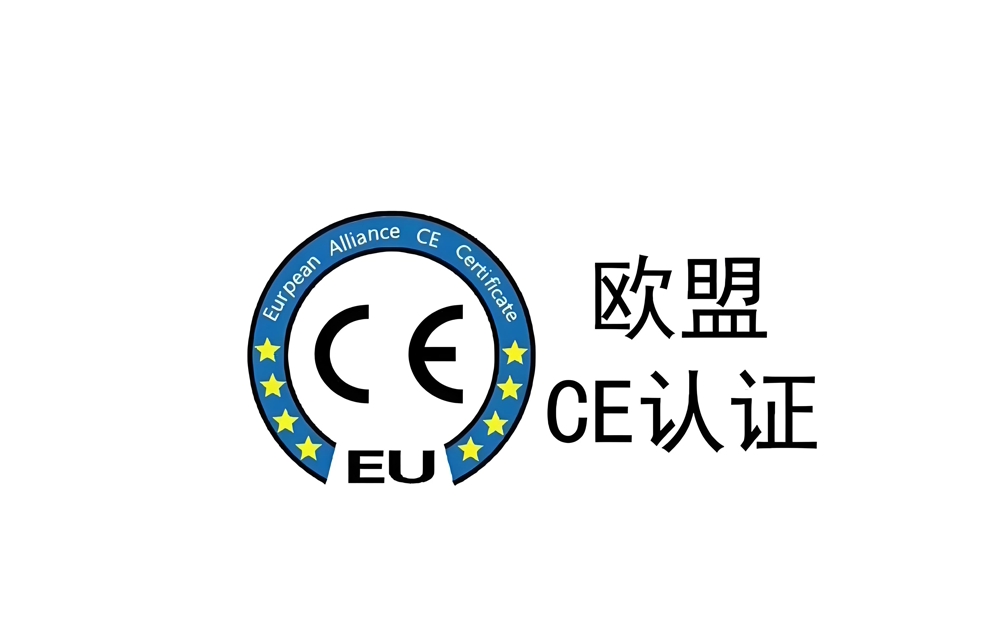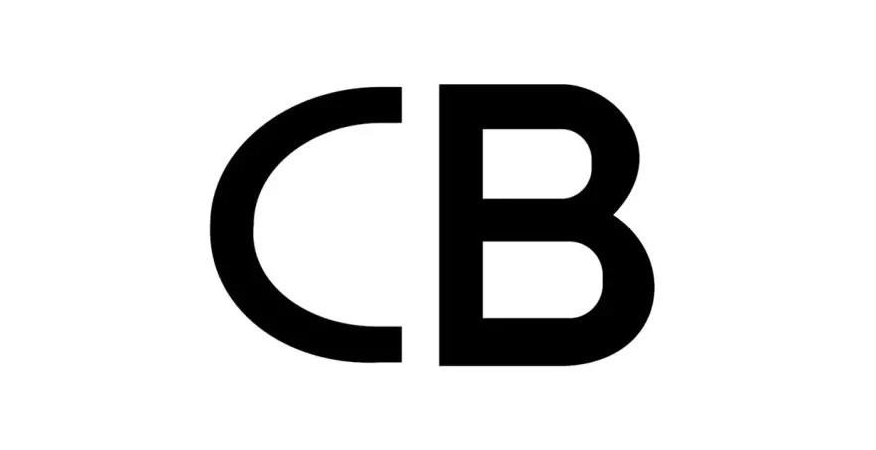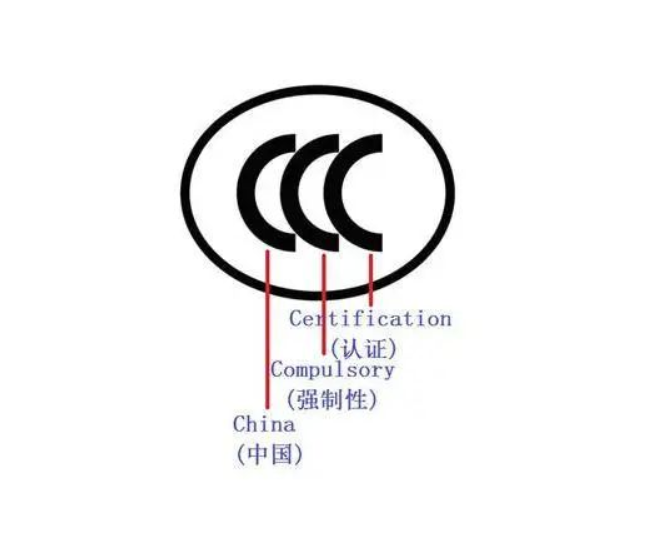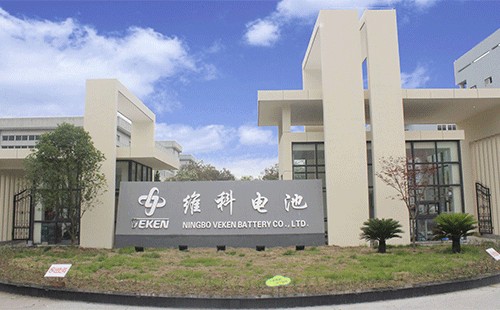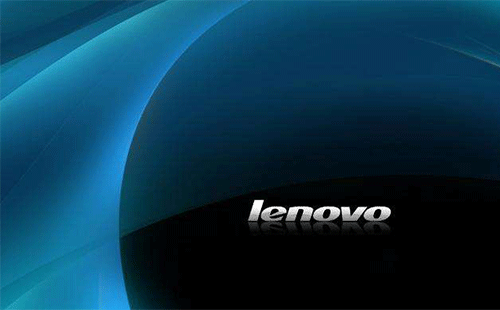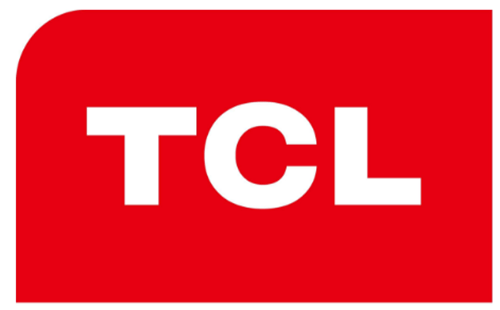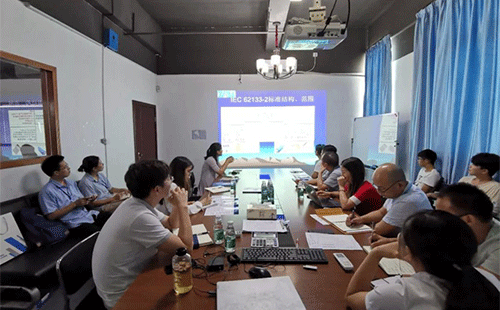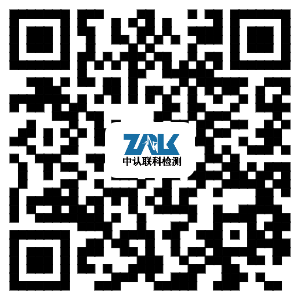As the "energy bridge" of electronic devices, adapters are widely used in scenarios such as mobile phones, computers, small household appliances, and industrial equipment. Their core function is to convert the mains power into the stable voltage and current required by the devices, ensuring their safe and stable operation. The CE certification is precisely the essential "pass" for this "energy bridge" to legally enter the EU market. Today, we will break down the core information of the CE certification for the adapter to help you easily solve the compliance problems

I. Product Introduction
Adapters are indispensable power supply accessories for electronic devices, and their quality directly affects the service life and safety of the equipment. From household small appliances to industrial control equipment, as long as it involves electrical energy conversion and power supply, the support of adapters is indispensable. With the expansion of overseas markets and the increasing demand, the European Union, as an important consumer market, has put forward clear requirements for the safety and electromagnetic compatibility performance of adapters, making CE certification a mandatory option.
Ii. Why Apply for CE Certification?
CE certification is a mandatory safety compliance mark in the European Union. As an electrical product, adapters must meet the requirements of EU regulations such as the Low Voltage Directive (LVD) and the Electromagnetic Compatibility Directive (EMC). On the one hand, adapters without CE certification cannot pass through EU customs and cannot be sold or circulated in the EU market, thus avoiding risks such as detention and recall due to non-compliance. On the other hand, the CE marking is a direct manifestation of a product's safety and compliance, which can enhance the trust of European consumers, give the product an edge in market competition, and clear obstacles for enterprises to expand their overseas business.
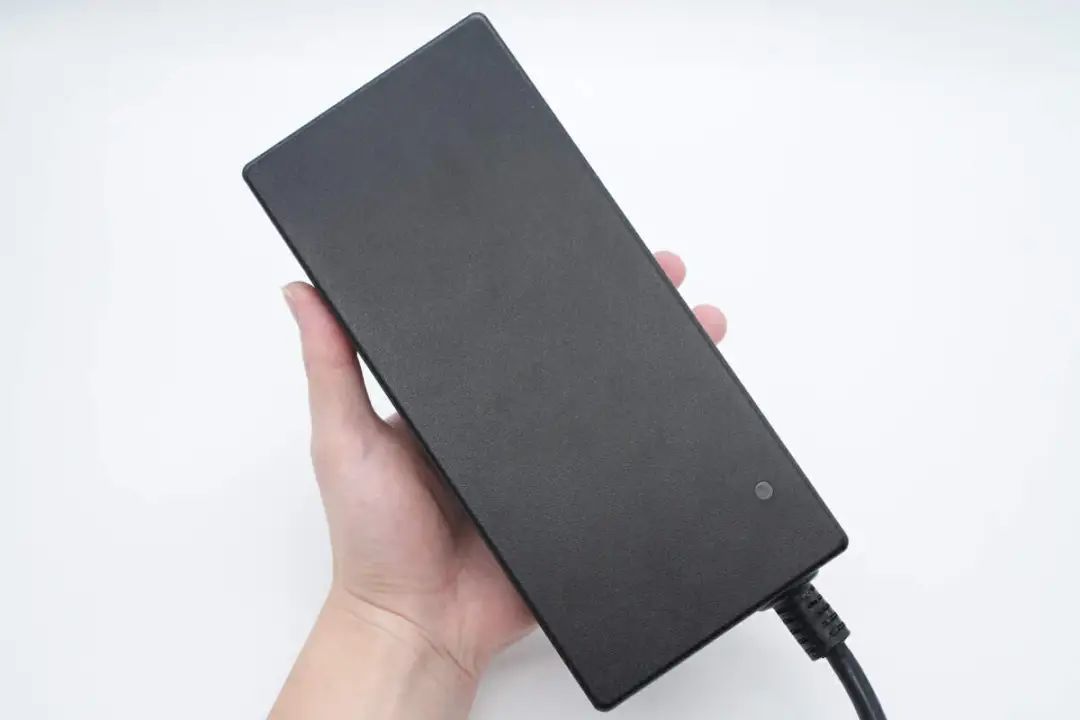
Iii. Materials Required for Certification Application
1. Product manual (including specification parameters, usage scenarios, safety warnings, etc.);
2. Circuit schematic diagram, PCB board diagram and bill of materials;
3. Product nameplate (indicating key information such as brand, model, voltage, and power);
4. Copy of the business license of the enterprise;
5. Representative product samples (consistent with the mass production version);
6. Supplementary materials (such as material descriptions, internal structure photos, etc., depending on the product conditions).
Iv. Certification Application Process
1. Consultation and communication: Inform the product details, and the engineer assesses the appropriate certification standards and solutions.
2. Submission of Materials: Organize the materials as required and submit them. The engineer will conduct an initial review.
3. Sample testing: Send the samples to the laboratory and complete core project tests such as LVD (Electrical Safety) and EMC (Electromagnetic Compatibility) in accordance with EU standards.
4. Report Review: After the test is passed, prepare the certification report and submit it to the EU notified body for review.
5. Certificate Issuance: After the review is error-free, the CE certification certificate will be issued, and the product can be affixed with the CE mark to enter the EU market.
The CE certification for adapters is the "key" to entering the EU market. Only compliance can enable overseas business to go further and more steadily. Zhongrenlianke has a professional technical team and rich certification experience. We offer one-on-one services throughout the process to help you simplify the process, obtain the certificate efficiently, and expand the European market with peace of mind! If you have any certification needs or questions, please feel free to consult us at any time



